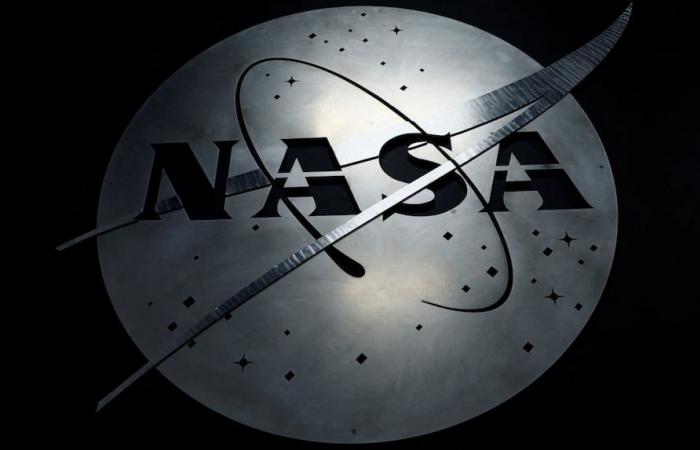The American space exploration suffered a New stumble: NASA announced this week the Cancellation of the program Space launch System (SLS), the ambitious rocket developed by Boeing that should bring to a human crew to the moon In the coming years.
This decision, promoted by the administration of Donald Trump, It marks the end of more than a decade of work, billions of dollars invested and numerous delays, mainly in the missions schedule Artemis.
Also read: LANGE SCHEDULE: These are the most important spatial missions of 2025
The SLS, together with the Lockheed Martin Orion capsule and the Lunar Gateway station, They will be retired after the Artemis III missionscheduled for mid -2027. The main reason are the high costs and lack of reuse of these systems: Each SLS launch costs approximately 4000 million dollars, 140% above the originally budgeted.
Cape Canaveral (United States), 02/08/2021.- A Handout Photo Made Available by The Nasa Shows A United Launch Alliance Atlas V Rocket With Boeing’s CST-100 Starliner Spacec Abeard Is Rolled Rolled Out The high costs and lack of reuse were the reason for the end of the end of a program. which took more than a decade of work. (Photo: NASA/Joel Kowsky)
This scissors affect not only lunar programs, but also international cooperation, and leaves joint projects with the air with the air European Space Agency and other allies.
-Mars on the horizon and the role of Elon Musk
It is clear: the new White House strategy prioritizes the Mars exploration. The budget allocates more than 7000 million dollars to lunar exploration and 1000 million to new investments focused on the red planet. In this context, lThe most profitable commercial systems, such as Spacex Starship, They emerge as the main candidates to lead the Next phase of the American space conquest.
Elon Muskfounder of Spacex and fervent defender of the colonization of Mars, It has Trump’s explicit support. The president declared that the United States will pursue his manifest destination towards the stars, with the intention of planting the US flag on Mars as soon as possible. Musk, meanwhile, promised that The first missions not man from Starship to the red planet They will leave at the end of next year.
Also read: Elon Musk seeks a milestone in the history of space exploration: he announced that Starship will fly to Mars in 2026
Competition with China
One of the priority objectives of the Trump administration was Return to the moon before Chinawho plans to send astronauts to our satellite in 2030. However, after Artemis III, The future of US moon missions will depend of the speed with which commercial systems, such as those of SpaceX o Blue Originmanage to be operational.
An uncertain spatial future
The decision to cancel the SLS and redirect efforts towards Mars It is a paradigm shift in the United States space exploration. While some celebrate The commitment to innovation and collaboration with private companiesothers regret the abandonment of international projects and the impact on global scientific research.
What is clear is that space, more than ever, becomes a field of geopolitical and technological competence, where today’s decisions will mark the course of humanity in the coming decades.






